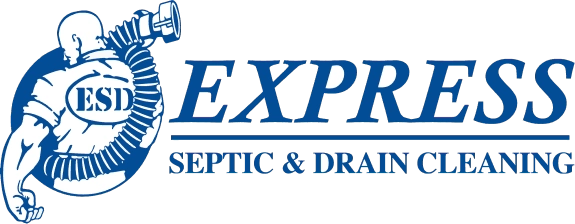Sewer Replacement vs. Sewer Repair: Which Do You Need?
In some cases, you may only need a professional sewer repair versus a replacement. Here’s what you need to know about which service to choose.
When can sewer lines be replaced?
Small cracks or other forms of isolated damage may only require repair. Any blockages that can be cleared with hydro jetting should be sufficient to fix the issue without needing a replacement.
When is a full sewer line replacement necessary?
You’ll need a full sewer line replacement if the pipes are collapsed or severely corroded beyond repair. If you’re paying for frequent repairs, it typically indicates a long-term failure. Older sewer pipe materials like clay, Orangeburg, or cast iron may be approaching the end of life.
Cost comparison: Repair vs. replacement
Several factors affect the cost of sewer repair, such as the labor and materials required and whether you’ll need trenchless repair versus a full excavation.
If you’re paying for repeated repairs, a full replacement will likely save you money in the long term. Leaks and other underlying issues can lead to excess maintenance that may eventually cost more than a sewer replacement.
Preventing Future Sewer Problems
Here are some tips to help you prevent future sewer problems:
- Get routine sewer maintenance and inspections: Regular preventative maintenance, like annual camera inspections, helps you identify problems early before they turn into major issues. Schedule regular professional drain cleaning to prevent backups and sewer overflows.
- Follow best practices: Avoid flushing or pouring food particles, hair, grease, cat litter, and non-biodegradable items like feminine products, paper towels, or diapers down your drains. Safely dispose of grease by letting it cool and pouring it into a container with a lid, such as a coffee can. Dispose of other household waste by throwing it into the trash or recycling bin rather than the drain.
- Protect sewer lines from tree roots: Plant trees and shrubs far away from sewer lines to prevent root intrusion. Install root barriers and use slow-release lawn and garden treatments to protect your sewer lines.



